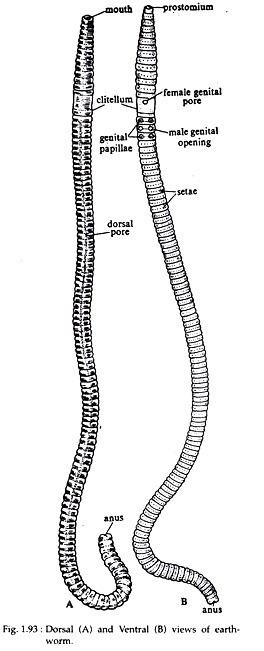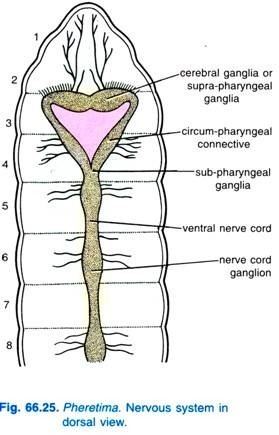Scientific name Pheretima | Family Megascolecidae Order Haplotaxida Subclass Oligochaeta | |
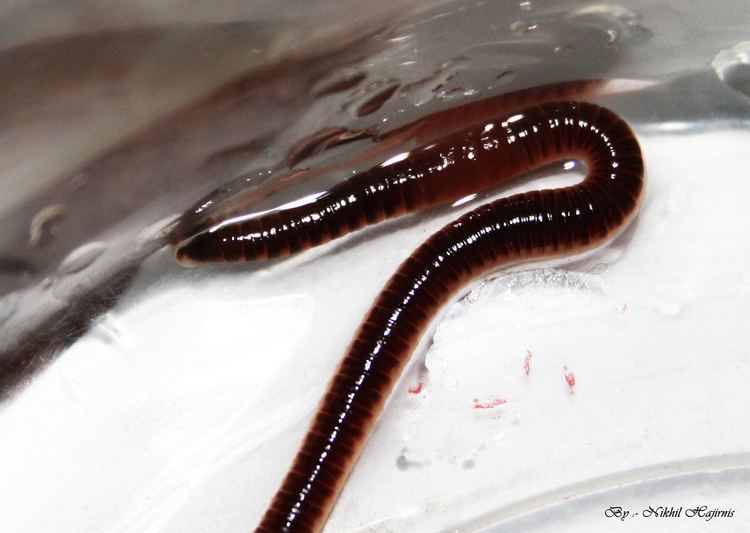 | ||
Similar Earthworm, Megascolecidae, Annelid, Oligochaeta, Lumbricus | ||
Sell pheretima earthworm
Pheretima is a genus of earthworms found mostly in New Guinea and parts of Southeast Asia.
Species belonging to the genus Pheretima have a clitellum, which is a band of glandular tissue present on segments 14 to 16.
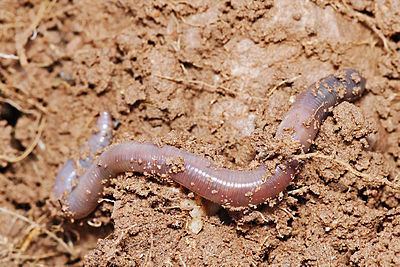
Individuals are hermaphroditic and reproduction can be either sexual or parthenogenetic. Female genital pores lie on the ventral surface of segment 14. A pair of male genital pores is situated ventrally on segment 18. Genital papiliae may also be present ventrally. As with all earthworms, development of young is without a larval stage and takes place in cocoons.
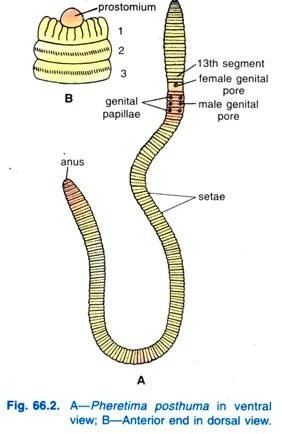
Pheretima are generally nocturnal, like most earthworms, and have an aversion to light. They come out only at night, and feed and reproduce only at night. Also, similar most earthworms, they must keep their body surface wet to respire.
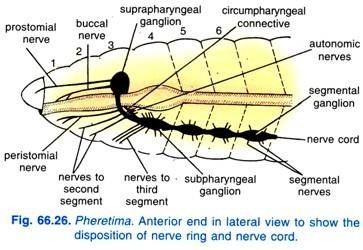
Similar genera include Amynthas, Archipheretima, Duplodicodrilus, Metaphire, Metapheretima, Pithemera, and Polypheretima. In combination these "pheretimoid" genera have about 1,000 species, making them an important ecological and taxonomic group of Oriental species (cf. Lumbricidae from Eurasia; Moniligastridae from Indo-Asian region).
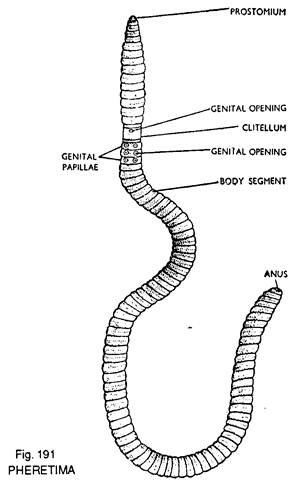
In China, Pheretima worms, as cataloged by the World Register of Marine Species (WoRMS), are utilized for medicinal purposes. These worms comprise bioactive compounds that have shown efficacy in rat models for treating stroke. Clinically, they have been acknowledged for their therapeutic benefits in managing epilepsy, containing active ingredients such as hypoxanthine, lumbrofebrin, and lumbritin.
